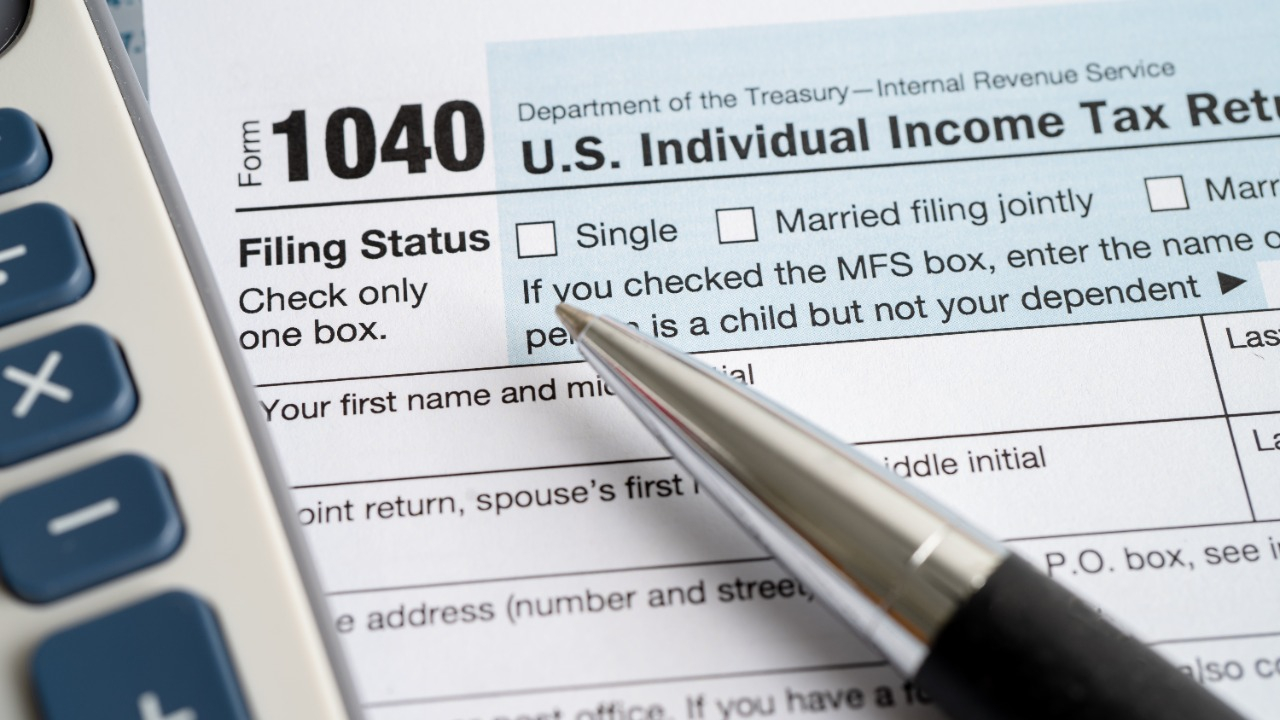Trump-era tax cuts poised to expire soon, meaning you could face steeper taxes
Americans face potential tax surprise when Trump-era law expires next year
Larry Kudlow: Lower taxes have always boosted economic growth
FOX Business host Larry Kudlow breaks down tax and economic policy on 'Kudlow.'
Millions of Americans could soon face steeper tax bills when massive components of the Tax Cuts and Jobs Act expire at the end of 2025.
Enacted by former President Donald Trump in 2017, the law drastically overhauled the nation's tax code, including reducing the top individual income tax bracket to 37% from 39.6% and nearly doubling the size of the standard deduction.
However, those changes to the individual section of the tax code are poised to sunset in 2025, meaning that many taxpayers will face steeper levies if the law is not extended.
"If lawmakers allow full expiration to occur, most Americans will see their personal tax bills rise and incentives for working and investing worsen," said Erica York, senior economist and research director at the Tax Foundation.
In addition to lowering the top tax bracket for wealthy Americans, the Trump-era law raised the thresholds for several income tax brackets — essentially lowering the liability for many households.
SOCIAL SECURITY RECIPIENTS COULD BE HIT WITH A SURPRISE TAX BILL THIS YEAR

Former President Donald Trump speaks during a campaign rally at Minden-Tahoe Airport in Minden, Nevada, on Oct. 8, 2022. (Getty Images / Getty Images)
Tax brackets for single individuals pre-TCJA:
The individual income tax brackets in 2017, before Trump's tax law took effect.
- 10%: Taxable income up to $9,525
- 15%: Taxable income over $9,525
- 25%: Taxable income over $38,700
- 28%: Taxable income over $93,700
- 33%: Taxable income over $195,450
- 35%: Taxable income over $424,950
- 39.6%: Taxable income over $426,700
REMOTE WORKERS FACE A DOUBLE TAXATION THREAT

View of the Internal Revenue Service building in Washington, D.C., on Jan. 24. (STEFANI REYNOLDS/AFP via Getty Images / Getty Images)
Tax brackets for single individuals under TCJA:
The individual income tax brackets in 2024, under current tax law.
- 10%: Taxable income up to $11,600
- 12%: Taxable income over $11,600
- 22%: Taxable income over $47,150
- 24%: Taxable income over $100,525
- 32%: Taxable income over $191,950
- 35%: Taxable income over $243,725
- 37%: Taxable income over $609,350
The expiration of the tax law on Dec. 31, 2025, will essentially mean that many Americans will be forced to pay anywhere between 1% to 4% more in taxes unless certain provisions are extended or made permanent.
The topic is likely to be a source of contention during the general election. Trump has pledged to make the tax cuts permanent if he is re-elected in November. Treasury Secretary Janet Yellen has also suggested that President Biden would seek to retain the tax reductions for Americans earning less than $400,000 during a second term in the White House.

A blank 1040 tax return form from the IRS. (iStock / iStock)
The problem, however, is that the Congressional Budget Office estimates extending the TCJA would add roughly $3.7 trillion to the federal budget deficit.
The original law was partially paid for by the so-called SALT deduction cap, which limits the amount of state and local taxes that Americans can deduct from their federal taxes to $10,000. That cap is also poised to end in 2025.
GET FOX BUSINESS ON THE GO BY CLICKING HERE
However, the SALT cap as a revenue generator has lost some potency since 2017, thanks to fresh workarounds.
"Though lawmakers may not address the looming expirations this year, they should prepare for the upcoming expiration by weighing the trade-offs of each change the 2017 tax law made," York said. "Lawmakers should cement into law a tax code that promotes growth and opportunity without worsening U.S. debt."





















